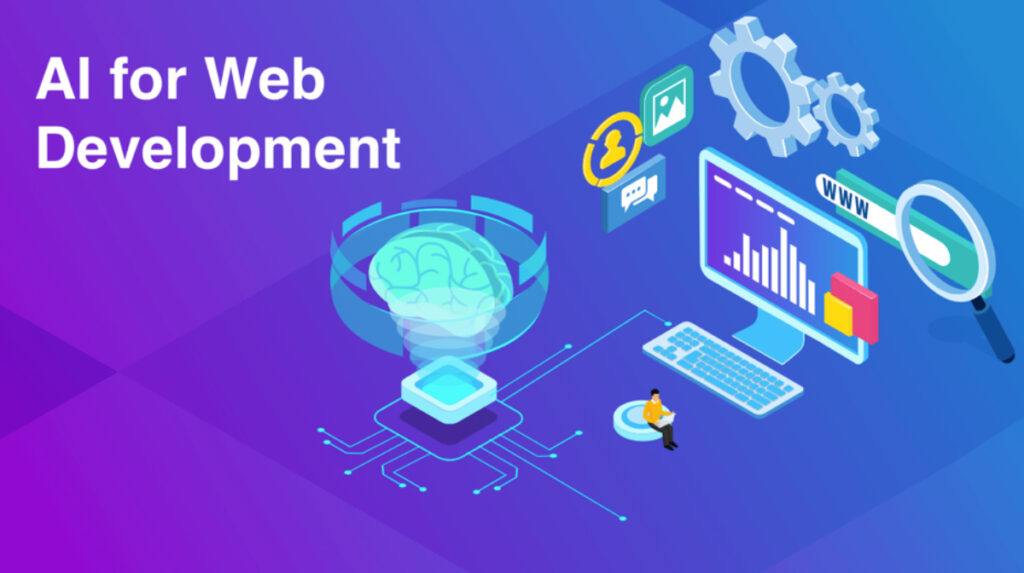
In the dynamic world of web development, two critical roles stand out: front-end and back-end development. These two disciplines are at the core of creating a functional and visually appealing website. But what exactly do front-end and back-end developers do, and what are the key differences between them? Let’s delve into the world of web development to gain a better understanding of these roles.
Front-End vs Back-End Development
Front-End Development
Front-end development, often referred to as client-side development, focuses on the parts of a website that users see and interact with directly. Front-end developers are responsible for crafting the user interface (UI) and ensuring that it functions seamlessly. The following are some key aspects of front-end development:
1. User Interface (UI): Front-end developers design and implement the visual elements of a website, including layout, colors, typography, and interactive components like buttons and forms.
2. User Experience (UX): They work to create a positive user experience by ensuring that the site is easy to navigate and responsive to user interactions.
3. Languages and Technologies: Front-end developers commonly work with HTML (Hypertext Markup Language), CSS (Cascading Style Sheets), and JavaScript. These languages are essential for building the structure, style, and interactivity of a website.
4. Browser Compatibility: Ensuring that a website functions correctly across different web browsers and devices is a key responsibility of front-end developers.
5. Responsive Design: Front-end developers make websites responsive to different screen sizes, adapting the layout and content to provide an optimal experience on desktops, tablets, and mobile devices.
Back-End Development
Back-end development, also known as server-side development, focuses on the behind-the-scenes functionalities of a website. Back-end developers work to create the server, database, and applications that power the website. The following are some key aspects of front-end development:
1. Server and Database Management: Back-end developers handle the server that hosts the website and the database that stores data, ensuring data security and efficient data retrieval.
2. Server-Side Languages: They work with server-side programming languages like PHP, Python, Ruby, or Node.js, which are responsible for processing requests, managing data, and handling user authentication.
3. APIs (Application Programming Interfaces): Back-end developers create and maintain APIs that allow communication between the front-end and the server. It allows the exchange of data and the integration with external services.
4. Security: Back-end developers are responsible for ensuring the security of user data, implementing encryption, and protecting against potential threats such as hacking and data breaches.
5. Performance Optimization: They work to optimize the website’s performance, ensuring fast loading times and efficient use of server resources.
Collaboration and Full-Stack Development
While front-end and back-end development are distinct roles, they often overlap. Developers who are skilled in both areas are known as full-stack developers. Full-stack developers have a comprehensive understanding of the entire web development process, from designing the user interface to managing server resources.
In today’s web development landscape, collaboration between front-end and back-end developers is crucial. Effective teamwork leads to the creation of functional, user-friendly websites that perform well and offer an excellent user experience.
In conclusion, understanding the differences between front-end and back-end development is essential for anyone looking to embark on a career in web development or seeking to hire web developers for a project. Front-end developers focus on the user interface and experience, while back-end developers manage server-related tasks and data processing. Together, they form a cohesive team that brings websites to life. Whether you like designing websites or working on the technical stuff, both front-end and back-end development are important for making successful websites.



Hi there mates, fastidious paragraph and good arguments commented here, I am really enjoying by these.
Hi there! I’m so glad you’re enjoying the content. Thanks for your kind words and support! 😊